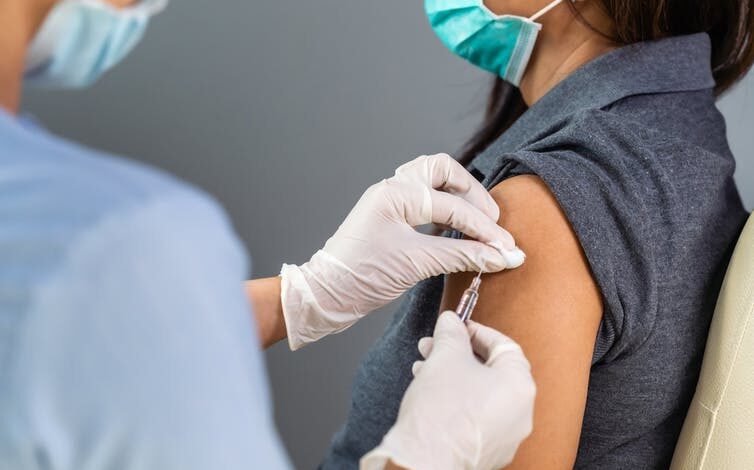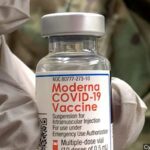List of 5 Common Side Effects of Pfizer’s Booster Shots

According to a study published in the Lancet, COVID-19 vaccines continue to be effective against severe disease, including that caused by the delta variant. According to the study, boosting could be appropriate for some individuals in whom the primary vaccination, defined as the original one-dose or two-dose series of each vaccine, might not have induced adequate protection—eg, recipients of vaccines with low efficacy or those who are immunocompromised.
Last month, President Biden announced that the booster shots for the Pfizer vaccine would be available on 20 September, as long as they received approval from the FDA and from the Centers for Disease Control and Prevention (CDC). So what are the likely side effects of these booster shots;
A third dose of Pfizer’s COVID-19 vaccine results in mild to moderate side effects similar to those experienced after the second shot, according to the drugmaker’s trial data, which the FDA released.
The FDA released a 53-page analysis from Pfizer in which the drugmaker outlines data it says supports the authorization of a third dose of its COVID-19 vaccine.
Pfizer found five side effects to be most common after the third dose in its trial, which included 289 participants ages 18 to 55. They are listed below, along with the percentage of participants who reported experiencing these side effects:
- Injection site pain: 83 percent
- Fatigue: 63.7 percent
- Headache: 48.4 percent
- Muscle and joint pain: 39.1 percent
- Chills: 29.1 percent





